Materials
Partners
Portugal
audiovisual material
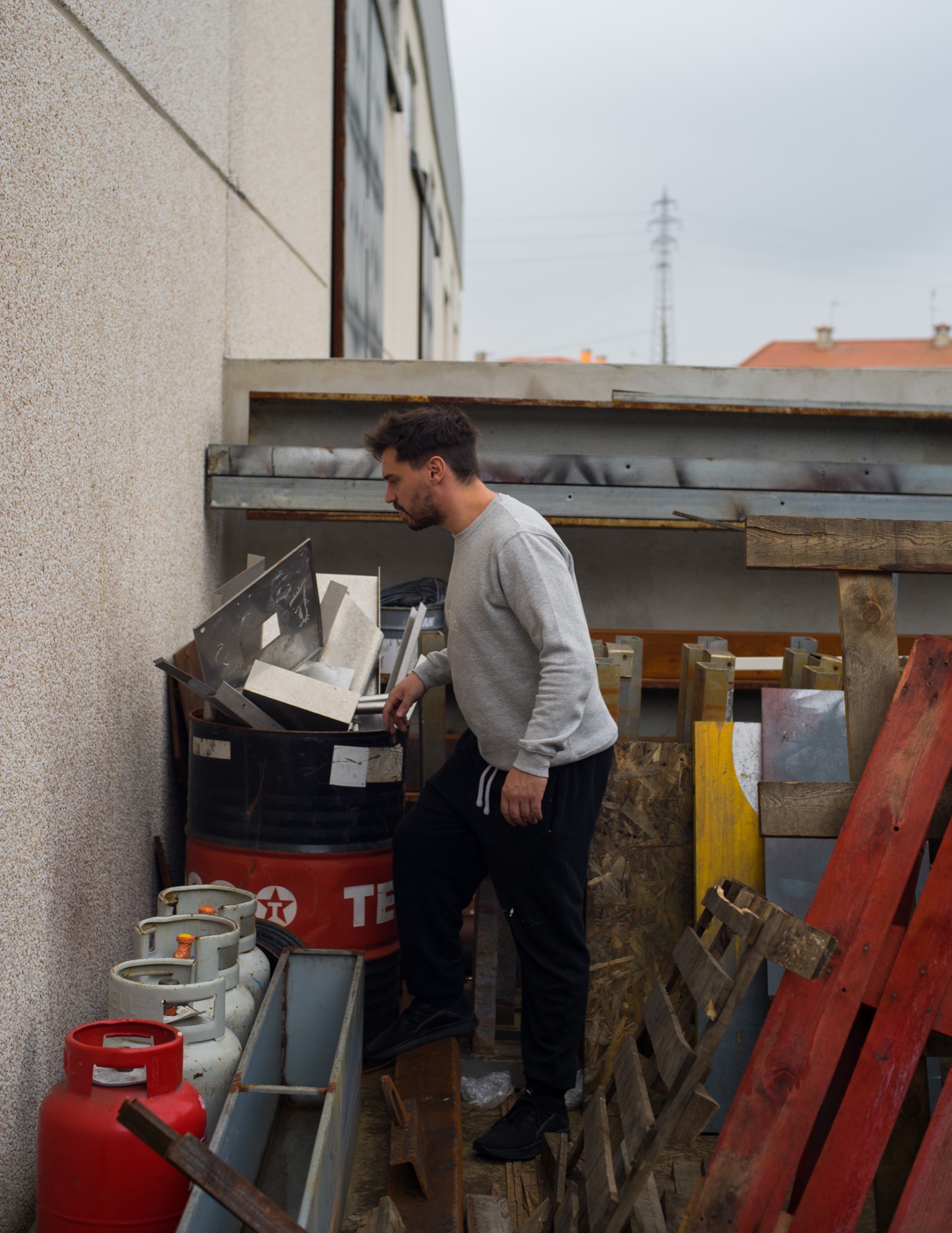
Igor Jesus
programme cycle 01 /
Lives and works in Lisbon. Holds a degree in Sculpture from the Faculty of Fine Arts at the University of Lisbon. Was in residence at Kunstlerhaus Bethanien in Berlin from 2016 to 2017 with the support of the Calouste Gulbenkian Foundation. In 2017, was a finalist in the New Artists Prize edition by the EDP Foundation.
Individual exhibitions include: "Dias de Chuva," Janela - Limbo, Lisbon; "Safelight," Filomena Soares Gallery, Lisbon; "Mozart," Janela - Taffimai, São Pedro do Estoril (2019); "Strob," No Entulho - Artworks, Porto; "Antropofagia," Art fair Cologne, Cologne; "Bound to the Earth," Kunstraum Botschaft, Berlin (2018); "Love you to the Bones," Kunstlerhaus Bethanien, Berlin (2017); "Amar-te os Ossos," Filomena Soares Gallery, Lisbon (2017); "Chessari," Solar Gallery, Vila do Conde (2016); "A Última carta ao Pai Natal," Filomena Soares Gallery (2015); and "Debaixo do Sol," Appleton Square, Lisbon (2015). In 2014, presented the exhibition "Old School #32," Lisbon, and in 2013, "Peso Morto," Espaço Zero, Tomar.
Among the most recent group exhibitions are: "2012-2020 | MACE, Colecção António Cachola, Elvas" in 2020; "Depois do Estouro," Curated by Tomás Abreu - Porto Municipal Gallery, Porto; "Água, Vinho, Coroas de Flores," Curated by Miguel Mesquira - Uppercut, Lisbon; "Murro no Estômago," Curated by Ana Cristina Cachola - Boavista Gallery, Lisbon; "El Fantasma del una Oportunidad," Curated by Ana Cristina Cachola - La Nave, Madrid; "Mellifluous Elephant (MÉ)," Curated by Francisca Aires Mateus - Casa Dona Laura, Lisbon in 2019;
Contemporary visual creation, in a moment marked by the accentuation of digitality as an aesthetic-political regime, has been problematizing the tension between materiality and dematerialization, questioning the disappearance of the body inherent in the digital coding of matter. This tension is particularly acute in the field of moving images, where the disappearance of celluloid has led to a need to consider the aesthetic and political implications of a medium that increasingly takes on an immaterial and coded form. This questioning often translates into artistic practices that seek to reposition the body in the visual and political field, either making visible how image creation devices continue to produce bodies or demonstrating how the bodies that supposedly dematerialize also produce images that have material, affective, and political effects. Through these practices, the (individual and political) body reinscribes itself in and through the material presence of the medium itself.
Contemporary power is also exerted through a scopical and corporeal dimension, intersecting with processes of racialization, gendering, and sexualization, through which the body is understood as desire and value, but also waste or deviation.
Igor Jesus, Daniela Agostinho and Ana Cristina Cachola

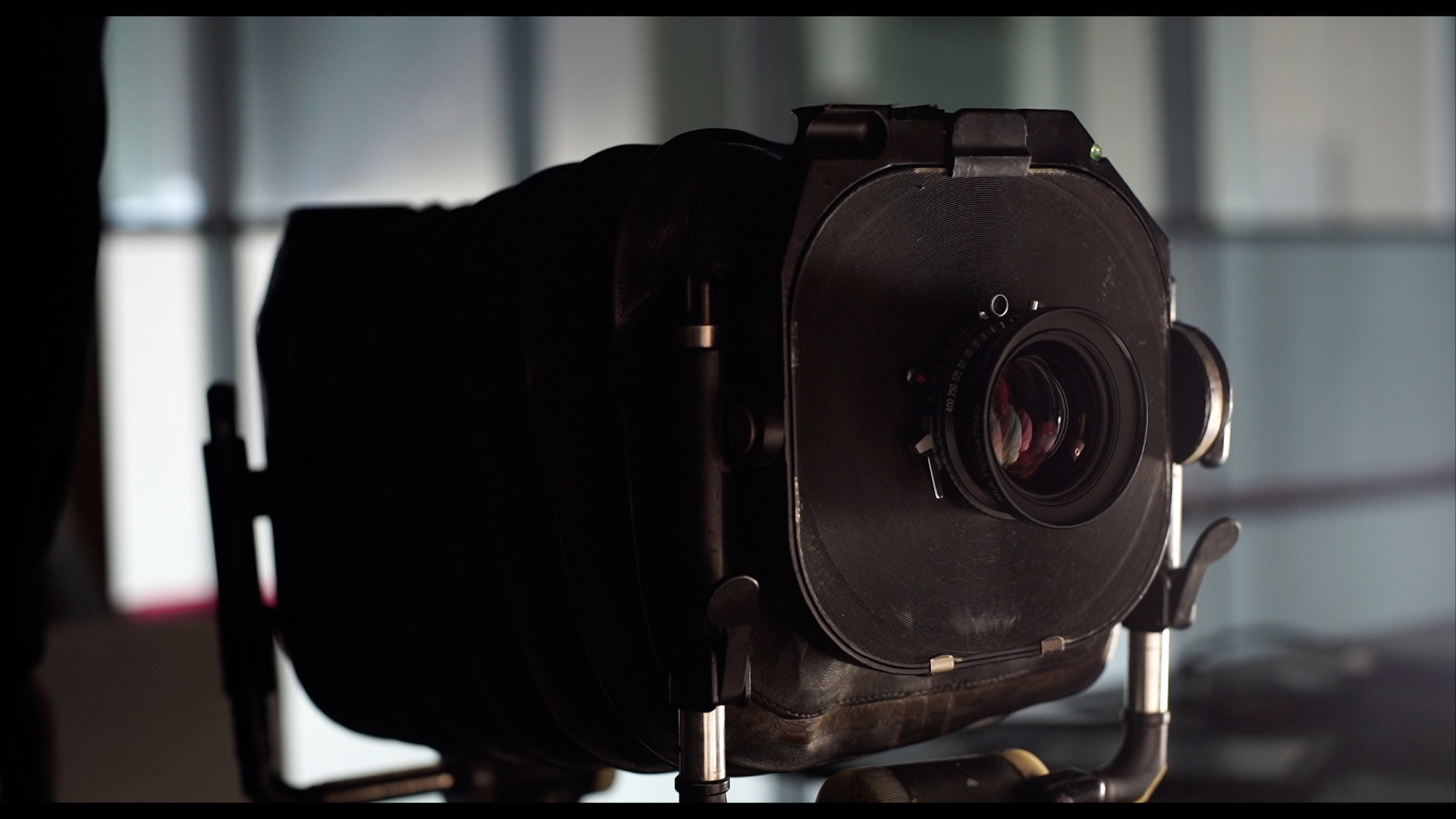
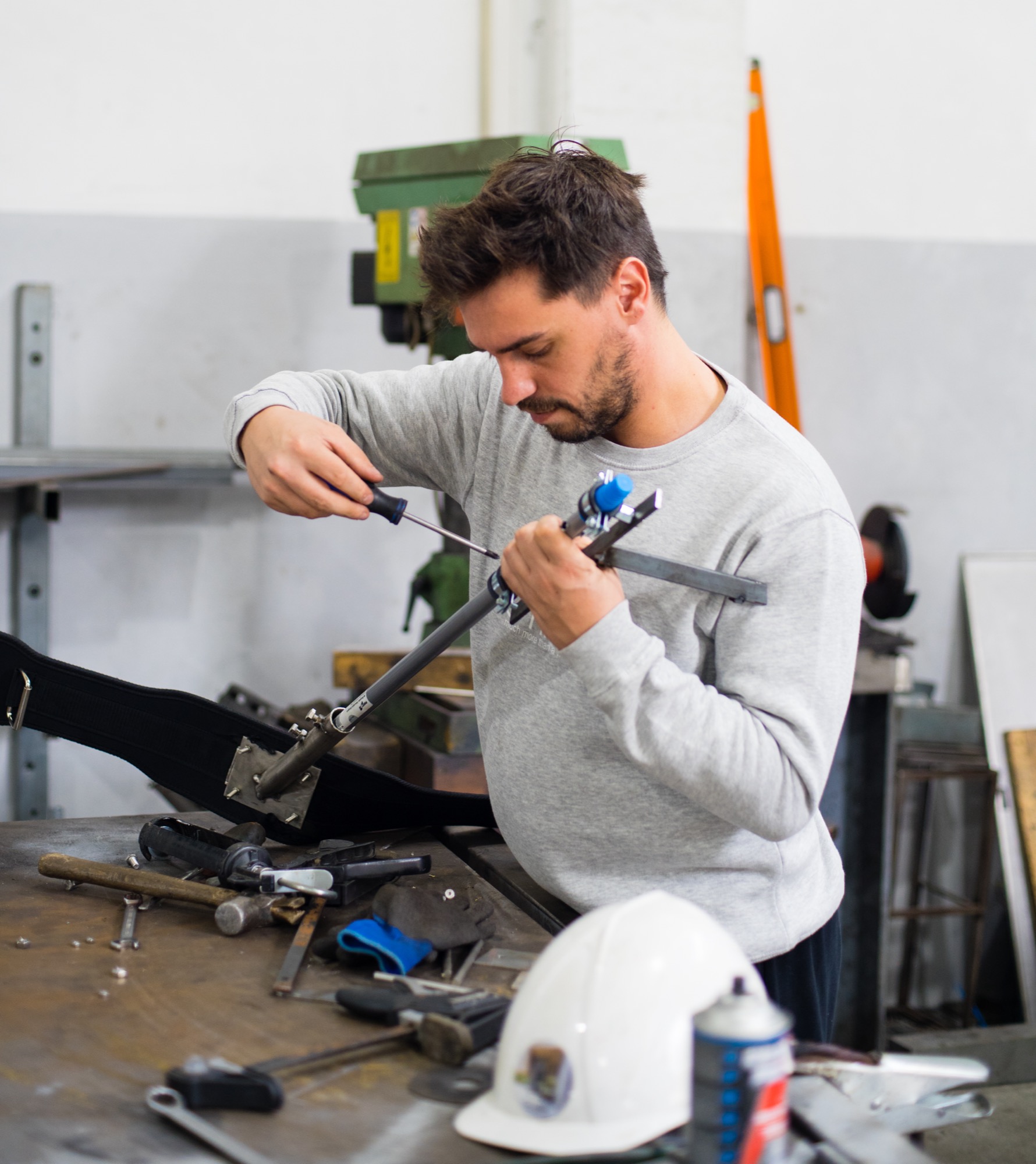
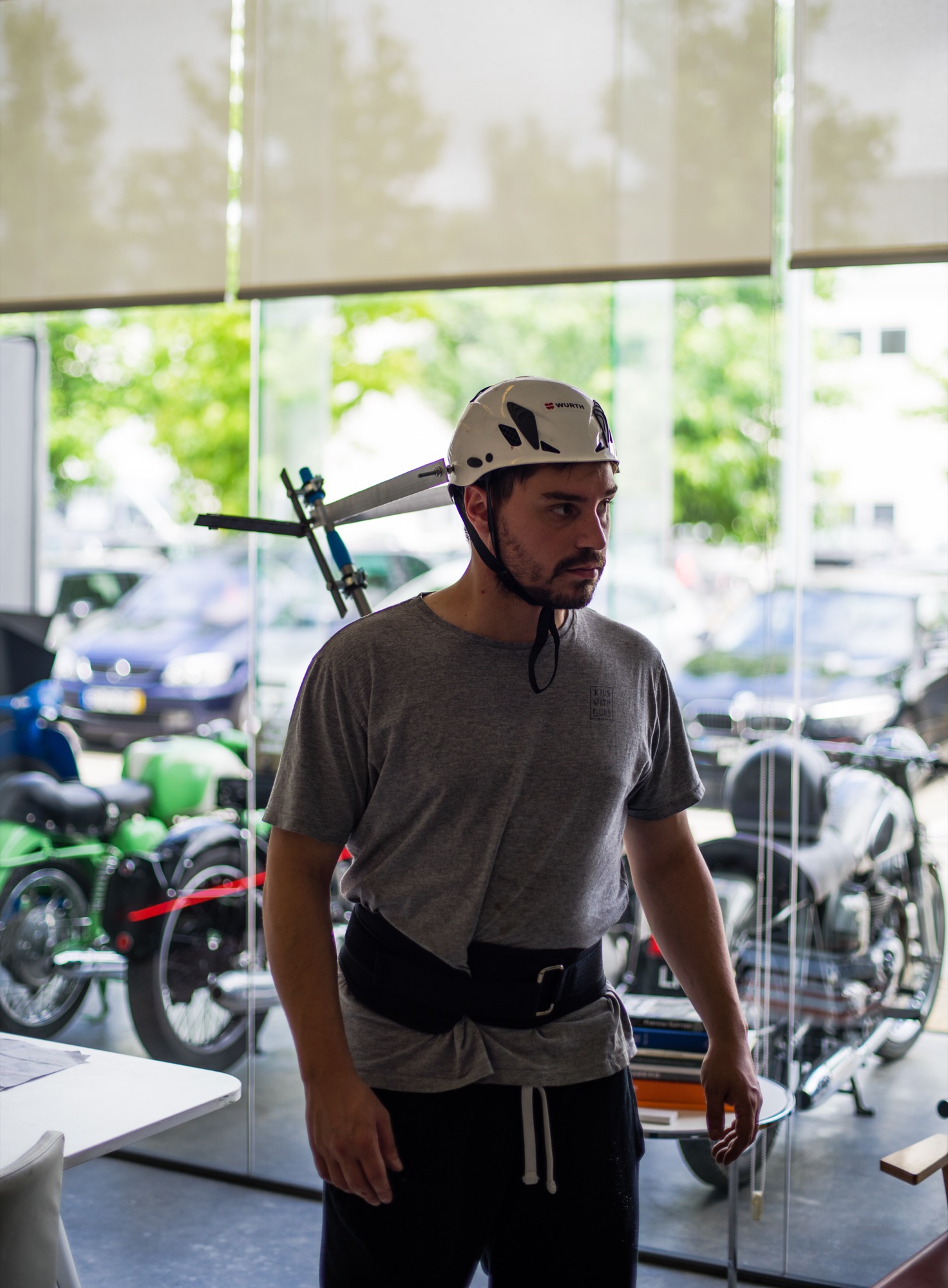
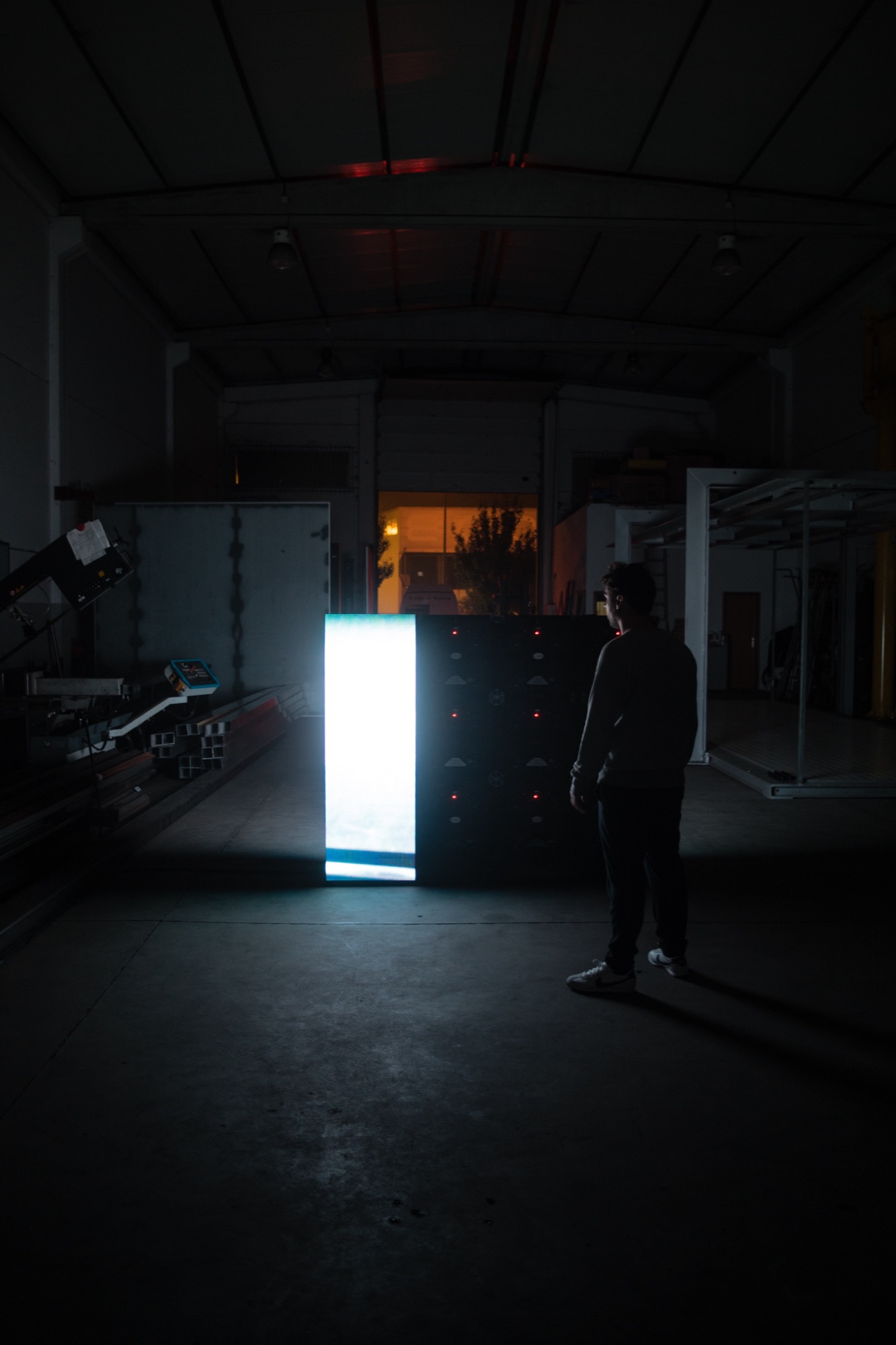
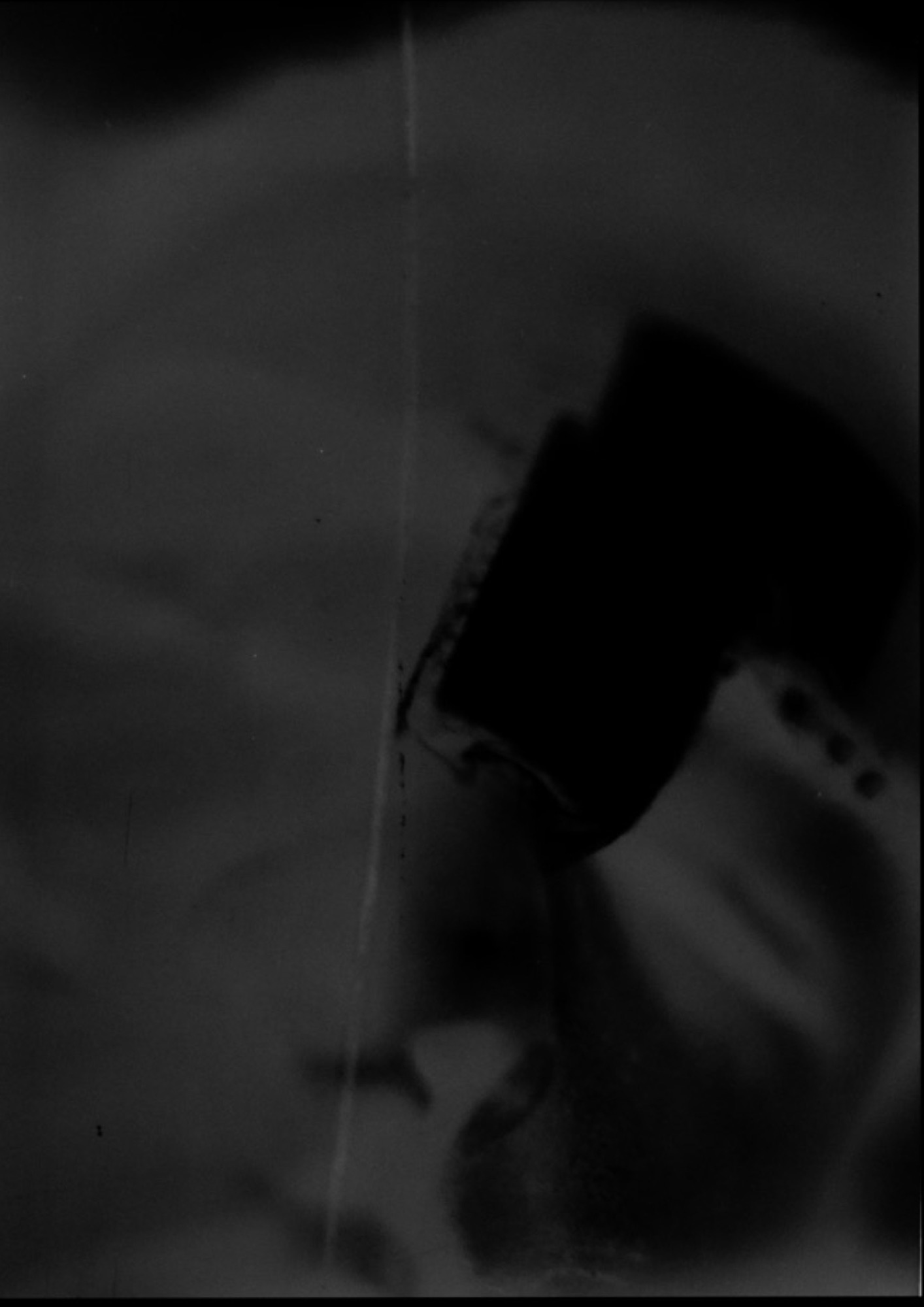

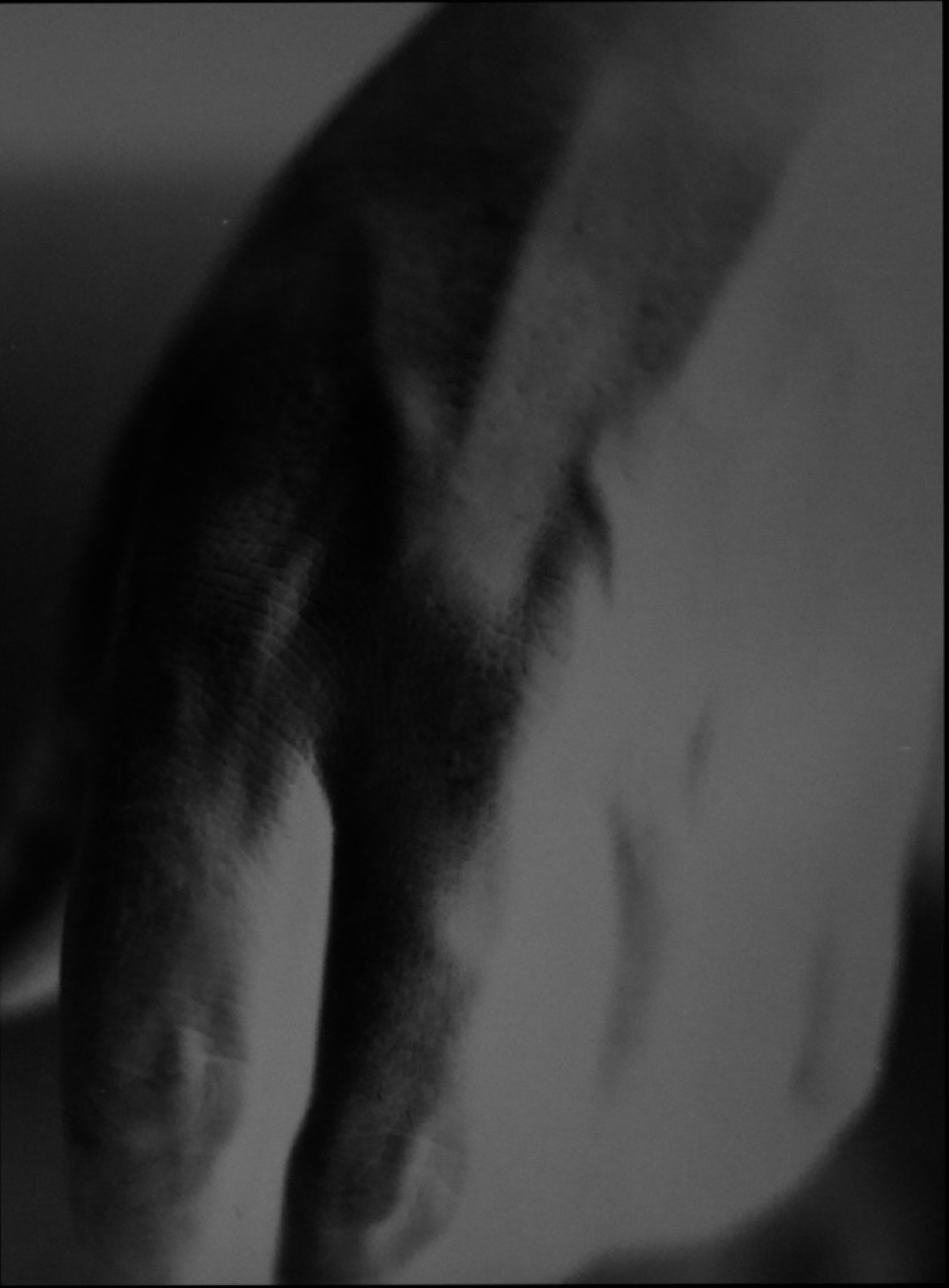
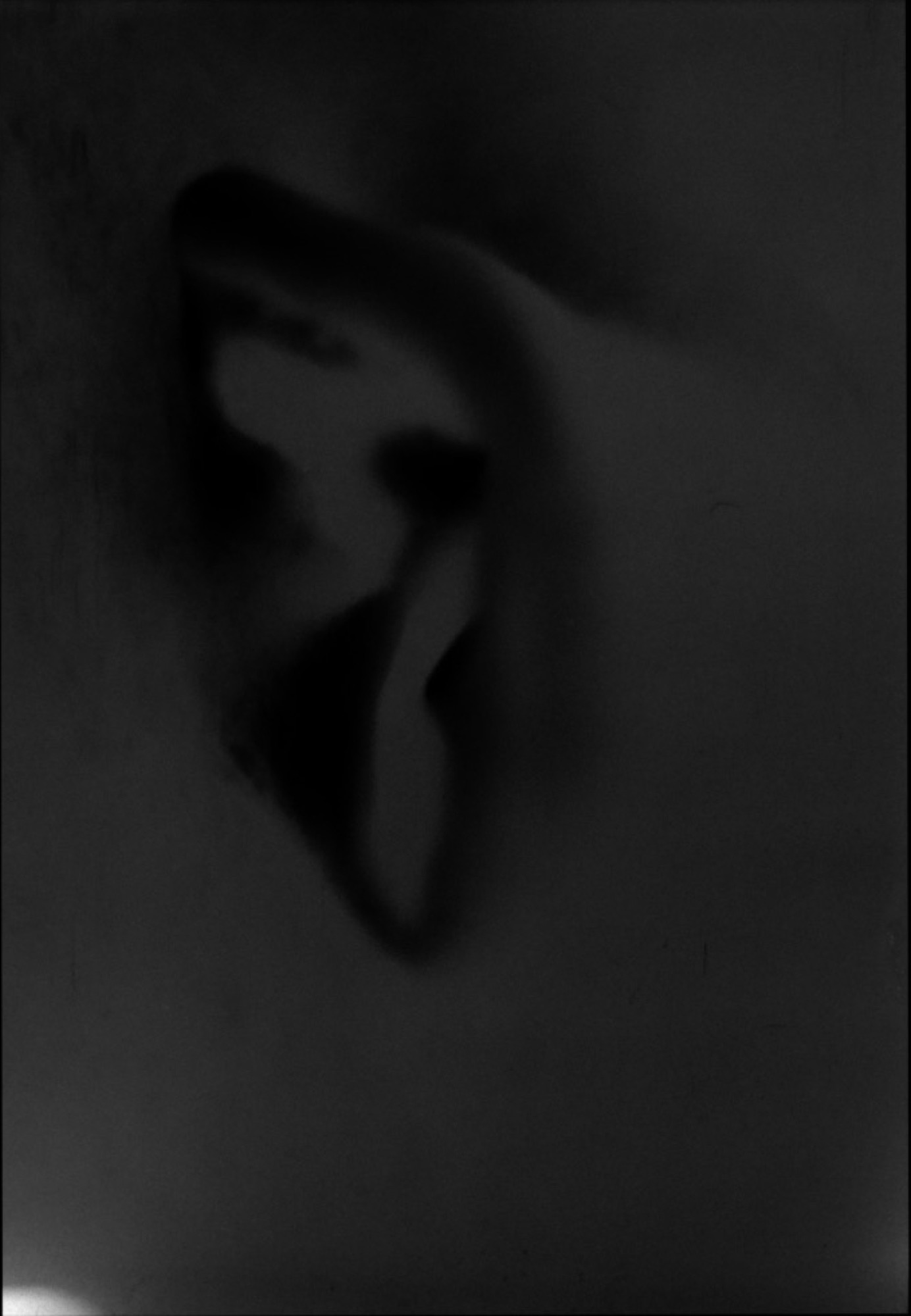
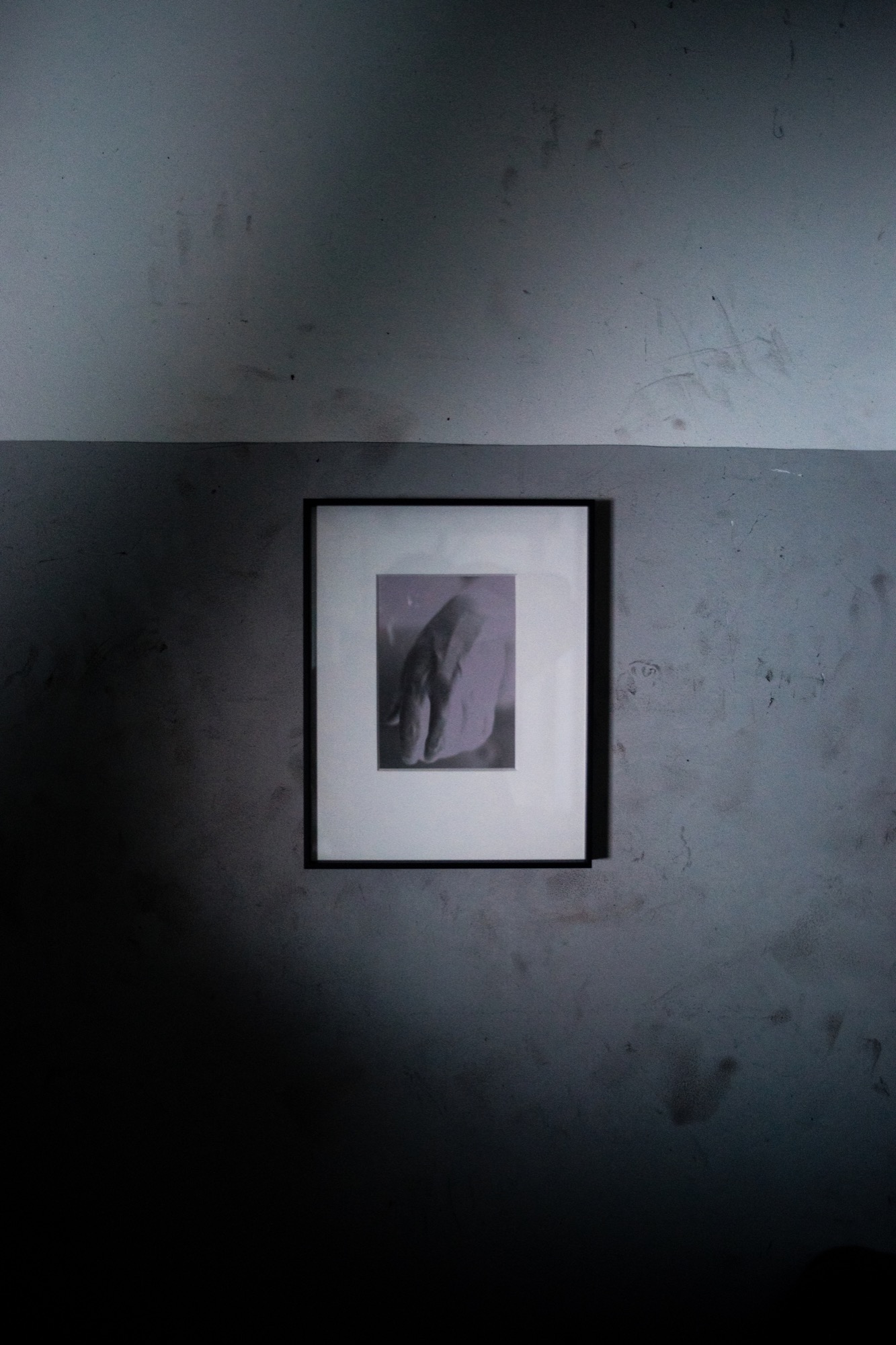
resources: audiovisual materialformato: residency cycle 01photography & video: Bruno Lança
No Entulho is open to visitors, if you want to know more please contact us.
Parque Industrial Amorim Rua Manuel Dias, 440 4495-129 Póvoa de Varzim
+351 252 023 590
fb@artworks.pt